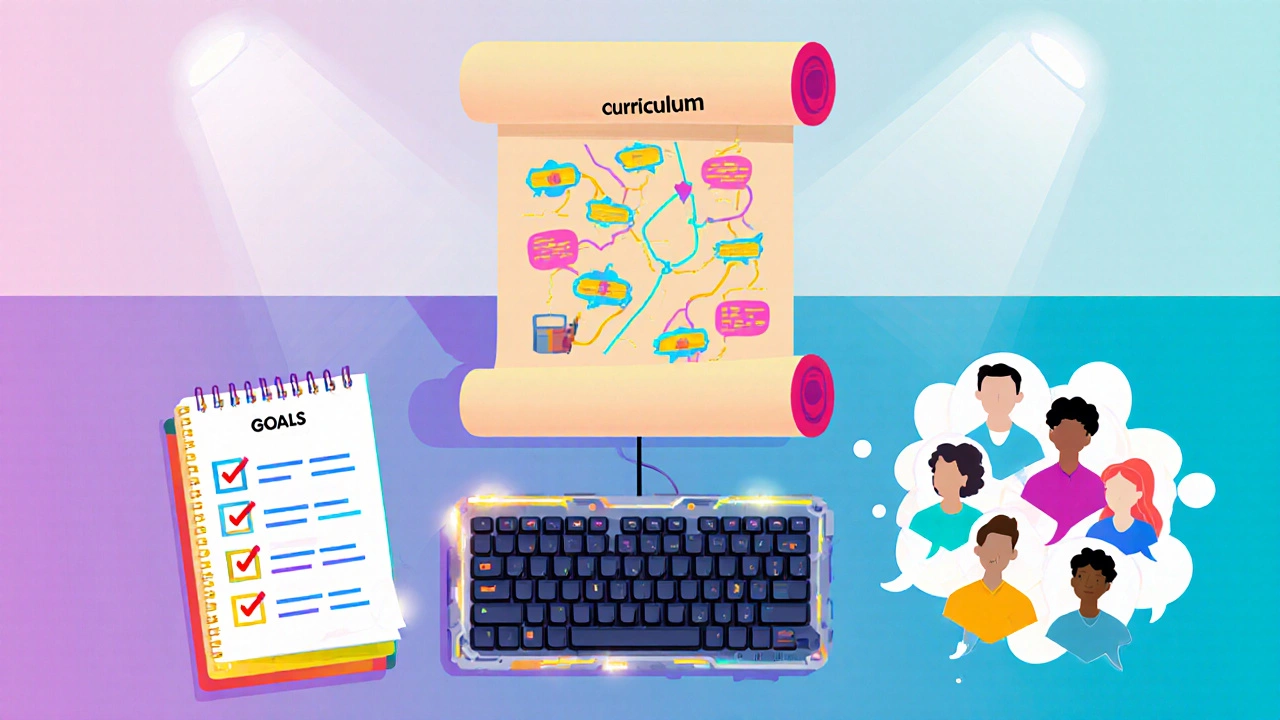Practice Routine Planner
Create Your Custom Practice Plan
Based on your goals and available time, we'll generate a realistic weekly coding schedule.
Wondering if you can learn programming at home without stepping into a classroom? The short answer is yes-absolutely. With the right mindset, structured resources, and a bit of discipline, you can become a competent coder from your living room, kitchen table, or any spot with Wi‑Fi. This guide walks you through everything you need to know, from picking the first language to staying motivated when the code won’t compile.
Why learning Programming the art of giving instructions to computers to solve problems at home works
Traditional bootcamps and university courses still have their place, but they come with fixed schedules, commute times, and hefty fees. Home learning flips those constraints: you set the pace, choose the tools, and spend money only on what adds value. Studies from the 2023 Global E‑Learning Report show that self‑paced learners retain 60% more material than those in rigid classroom settings, largely because they can revisit tricky concepts instantly. Plus, the tech landscape evolves fast-online platforms update curricula weekly, keeping you on the cutting edge.
Key ingredients for a successful home study
Success isn’t magic; it’s a blend of four pillars:
- Clear goals. Decide whether you want a job‑ready skill, a hobby, or a specific project (like a personal website).
- Structured curriculum. Follow a roadmap rather than hopping between random tutorials.
- Hands‑on practice. Code daily, even if it’s only 30 minutes.
- Community support. Join forums, Discord servers, or local meetups to ask questions and get feedback.
When these pieces click, the learning curve smooths out dramatically.
Choosing the right resources
There’s an ocean of free and paid content. Below is a quick comparison of the most popular routes for beginners. The table highlights cost, interactivity, depth, and best‑fit learning style.
| Resource | Cost | Format | Interactivity | Best For |
|---|---|---|---|---|
| FreeCodeCamp a nonprofit platform offering free full‑stack curriculum | Free | Web‑based lessons + projects | High (auto‑graded projects) | Those who love structured, project‑based learning |
| Coursera partnered with universities for accredited courses | Free audit / $49‑$99 per specialization | Video lectures + quizzes | Medium (peer‑graded assignments) | Learners seeking university‑level depth and certificates |
| Codecademy interactive coding platform with real‑time feedback | $19.99/mo (Pro) | Interactive browser editor | Very High (in‑browser coding) | Beginners who need instant error checking |
| YouTube tutorials free video guides from creators | Free | Video only | Low (no built‑in exercises) | Visual learners who enjoy bite‑size content |
| Books printed or e‑book guides | $30‑$70 each | Textual explanations + examples | Low (manual coding required) | Those who prefer deep, offline reference material |
Pick one primary track, then sprinkle in supplements. For instance, follow FreeCodeCamp’s curriculum while watching YouTube videos for alternative explanations.

Building a practice routine that sticks
Consistency beats intensity. Here’s a simple weekly template:
- Monday‑Wednesday‑Friday: 45‑minute guided lesson (video or text).
- Tuesday‑Thursday: 30‑minute coding challenge on platforms like LeetCode site for algorithm practice.
- Saturday: Mini‑project (e.g., build a to‑do list app).
- Sunday: Review notes, refactor weekend code, and plan next week.
Use a Pomodoro timer to keep sessions focused-25 minutes work, 5 minutes break. After a month, you’ll notice patterns in where you stumble and can adjust the curriculum accordingly.
Overcoming common challenges
Home learners hit three typical roadblocks:
- Isolation. Counter it by joining communities like Stack Overflow Q&A site for developers or a Discord server dedicated to beginners.
- Information overload. Stick to a single roadmap for the first 3‑4 months; avoid the temptation to start a new language every week.
- Motivation dips. Celebrate tiny wins-completing a function, fixing a bug, or pushing code to GitHub code hosting platform. Public commits add accountability.
Remember, every programmer once stared at a blank screen. The difference is they kept typing.

Measuring progress and staying motivated
Track three metrics:
- Lines of code written. Not for vanity, but to see growth in complexity.
- Projects completed. Aim for one small project per month.
- Problem‑solving speed. Time how long you take to solve a LeetCode easy question; aim for a 20% reduction each month.
When you hit a plateau, switch the language focus. For example, if you’ve mastered basic Python a versatile high‑level language, start learning JavaScript the language of the web. The new syntax re‑engages your brain while reinforcing core concepts like loops and functions.
Frequently Asked Questions
Do I need a computer to start learning programming at home?
A decent laptop or desktop is ideal, but even a tablet can run cloud‑based IDEs like Replit. The key is having an environment where you can write, run, and debug code.
Which programming language should I start with?
For absolute beginners, Python offers readable syntax and a gentle learning curve. If you aim to build websites, JavaScript lets you see results instantly in the browser.
How much time should I allocate each day?
Consistency beats marathon sessions. Aim for 30‑60 minutes daily. Even short, focused bursts produce steady progress.
Is it possible to get a job without a formal degree?
Yes. Many companies hire based on portfolios, GitHub contributions, and real‑world project experience. Build a showcase of apps or open‑source work to prove your skills.
What’s the best way to practice coding challenges?
Pick a platform (LeetCode, HackerRank, or CodeSignal) and solve one easy problem daily. Gradually increase difficulty and aim to explain your solution in writing-teaching reinforces learning.
Ready to start? Pick a free resource, set up a 30‑minute slot tomorrow, and write your first "Hello, World!". The journey begins the moment you type that first line of code.
